A Technique for Producing Ideas (Advertising Age Classics Library) (MARKETING/SALES/ADV & PROMO)
£7.00£7.60 (-8%)
A step-by-step technique for sparking breakthrough creativity in advertising–or any field
Since its publication in 1965, A Technique for Producing Ideas has helped thousands of advertising copywriters smash through internal barriers to unleash their creativity. Professionals from poets and painters to scientists and engineers have also used the techniques in this concise, powerful book to generate exciting ideas on demand, at any time, on any subject. Now let James Webb Young’s unique insights help you look inside yourself to find that big, elusive idea–and once and for all lift the veil of mystery from the creative process.
“James Webb Young is in the tradition of some of our greatest thinkers when he describes the workings of the creative process. The results of many years in advertising have proved to him that the key element in communications success is the production of relevant and dramatic ideas. He not only makes this point vividly for us but shows us the road to that goal.”
–William Bernbach, Former Chairman and CEO, Doyle Dane Bernbach Inc.
Read more
Additional information
| Publisher | McGrawHill Education, New edition (11 Feb. 2003) |
|---|---|
| Language | English |
| Paperback | 48 pages |
| ISBN-10 | 0071410945 |
| ISBN-13 | 978-0071410946 |
| Dimensions | 12.7 x 0.51 x 17.78 cm |

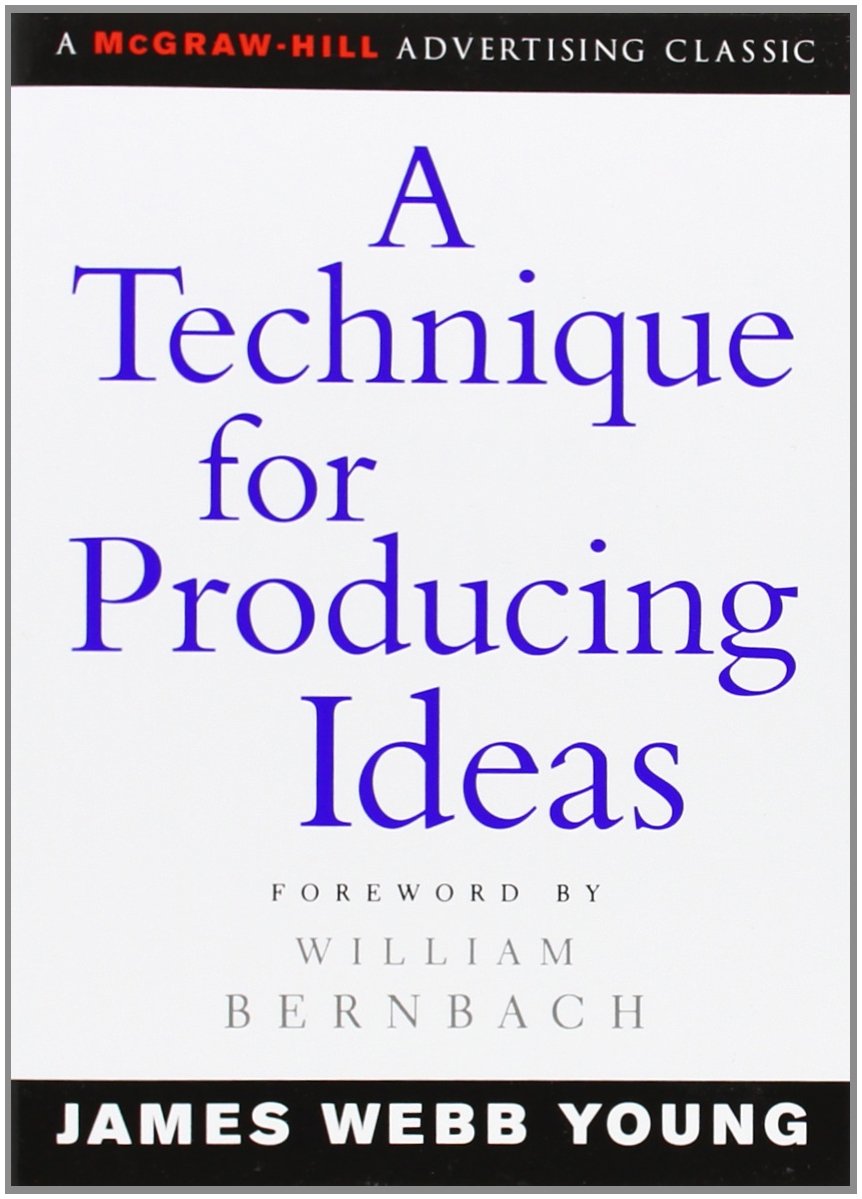
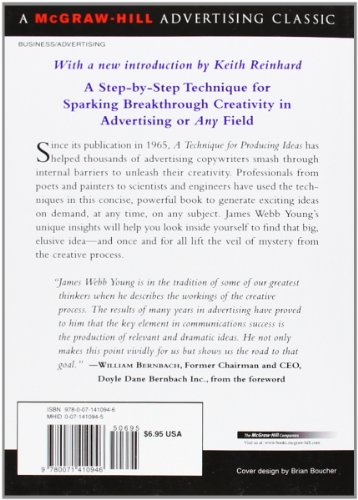
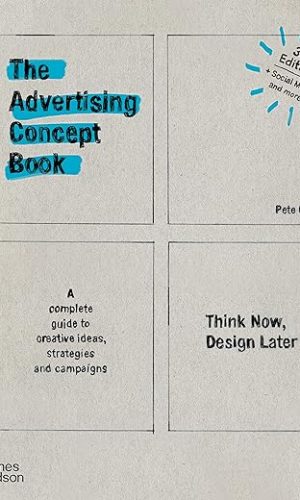
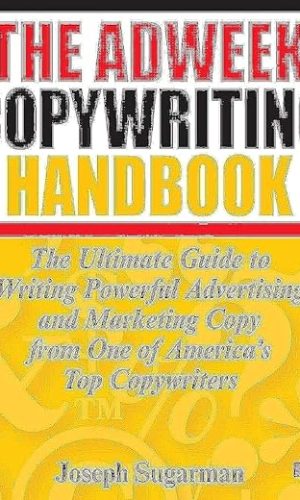

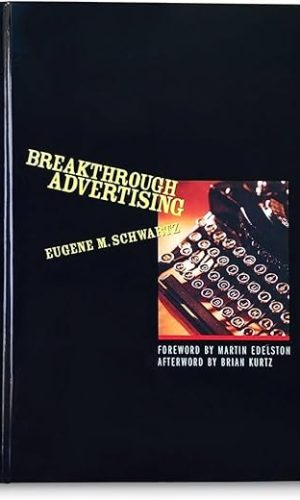


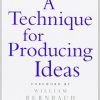
by Paul Simister
If you’ve ever wondered how creative marketing people come up with their ideas, this book is for you.
It takes you through a five step process which will probably feel very familiar. I suspect you have experienced the phenomenon where ideas just pop into your head when you’re taking a shower, walking your dog or you wake up in the middle of the night. This is the result of your subconscious putting threads together.
The book takes a few steps backwards and explains how you have to prepare the ground before you can reap the harvest.
It is rightly regarded as an advertising classic but I should warn you it was published many years ago. While the book talks about using index cards and scrapbooks, you may prefer to use modern methods of data storage and manipulation.
If you’re involved in creative advertising or copywriting, this is a book that you should read regularly to remind yourself of the good practices involved.
Paul Simister is a business coach who helps business owners who are stuck, get unstuck.
by Mr Pro
For such a short volume, how did it get digitised with so many errors, glitches and typos?! Fascinating notions nonetheless, once you navigate around the bizarre mistakes in the text. Short and sweet, worth your time. But please fix the glaring boobies.
by Mrs. R.
What surprises you first (if you weren’t expecting it) is that the book is so very tiny. For £4.99 you don’t get many words for your money, and the first ten pages are introductions and a preface. However, once you get into it, its brevity is its charm. I suspect that readers divide into two camps. The ones who think he’s right (and probably already follow Young’s methods) and the ones who don’t (and probably don’t). I’m pitching my tent in the first.
As Young said, he’s wasn’t afraid to give away his secrets because he was certain that hardly anyone would be prepared to put the work into step one. His five step method is simple but not easy. It’s a bit like writing a guide to joining an orchestra and giving step one as passing grade eight violin, with distinction. He also suggested that you never stop observing and recording everything you notice in your daily life. The other thing I particularly like, but which isn’t part of modern business, is allowing yourself time to do something completely different. Young reckons that you have to give your brain a pleasant distraction while your massed collection of many possible combinations of thoughts unconsiously comes up with the big idea.
You might have your big idea while you’re relaxing in the bath, but it won’t happen if you haven’t studied all the possible options beforehand.
Great thinkers of the past permitted themselves a breathing space to solve problems. Brindley, the Duke of Bridgewater’s canal engineer, used to retire to bed to think until he had come up with his solution. Imagine suggesting that to your boss.
While you’re using your imagination, picture what might happen when an ambitious business type looking for a fast, wonder-fix comes across a little book that tells them they have to change the way they live in order to become a more creative person. Not such a big hit, perhaps. TO have to time for seriously good ideas, you’ve got to put down your Blackberry, work reasonable hours, spend time on other interests apart from work, but while you’re there dedicate your life to learning more and more about your business or craft.
Get one, and while you’re there, get a copy for everyone who demands that you produce an eldless stream of ideas with no time in between to top up your supply of new experiences.
by Rich ward
Excellent book and it arrived in good condition
by Pandrei
I bought this book after reading reviews about it and thought it might turn out an interesting read.
The book is well written and facts based. I may provide some good advice for those looking to find “their way in life” but some stories can be a bit too lengthy and you are likely to loose track if you are a bit tired.
The real downside of this is the size of the book, and I don’t mean pages. The print is too small – it a B5 format and the writing is a font of about 10.
by mcdowella
This is a very short book, and half of that is waffle. Despite this, I think that it contains some very valuable information. In the remaining short space it describes a process for generating ideas that fits in with, describes, and extends, what I have seen mentioned in passing in other peoples accounts of their experiences and once upon a time experienced – for a short time – myself. I recommend it. In fact, the cost in time and money is so small that I recommend it even if you violently disagree with every word in the book, because just thinking about this subject again is worth that very small expense.
by M. J. Penny
It only takes 5 steps to produce fertile ideas. When you read this book, most people, especially those in the creative industries will no doubt have an aha moment. The technique is natural and even Einstein used this technique, albeit unconsciously to arrive at answers. While many books go into superflous details (probably to pad out their pages) this book goes straight to the core. It is no wonder Young’s technique is still selling today.
by Ross Boardman
The first thing you cannot help but notice is the size of the book. It is very short and pocket sized. But, each page is packed with very well written advise.
There are only 5 steps to churning out new ideas and the author clearly explains how this works. Like a lot of books in this area, the real progress comes from application. If you picked up a diet book you would expect some form of cutting down on calories and getting more exercise. This book is no different, you have to do something to get progress.
Don’t try and shortcut his system, it works as a continuous process. A very simple tool that many advertising folks use is the swipe file. They store useful letters and adverts for ideas and later use. The author recognises this and encourages you to get curious about your subject.
I now keep this with me during the week. It is a book I re-read on a very regular basis. If you work in an idea based job, this is essential reading.